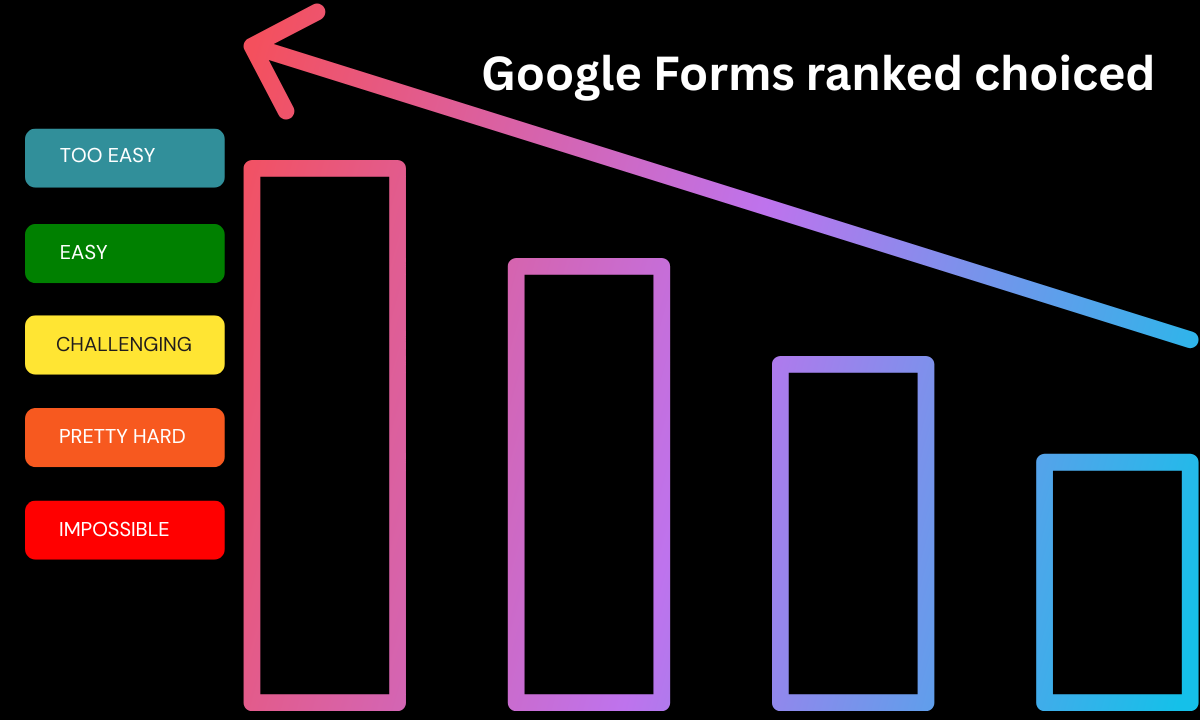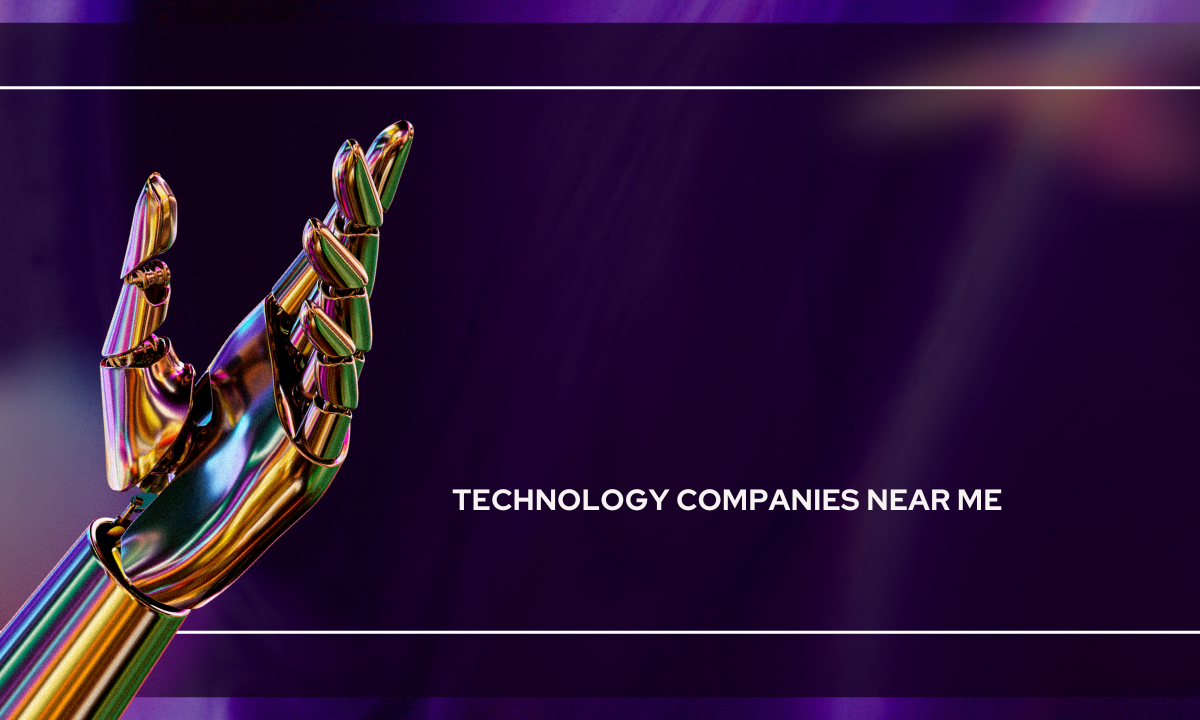Introduction:
What is Drones Development:
Drones have evolved over the years and penetrate many sectors such as agriculture, medical, logistic, and many more. Design technologies necessary for improvements in performance, usability, and durability are fundamental to the growth of this technology. Drones are becoming more intelligent and effective, leading to an increase in the scope of their operations. This piece discusses the impact of design technologies on the development of drones and makes them easier to use.
1. Aerodynamic Drone Design to Enhance Efficiency
The efficiency of any drone is contingent on the design of its associated hardware and software. The emphasis is usually placed on the building of lightweight energy efficient and aerodynamic drones. The introduction of low-mass components such as carbon fibre has emended this aspect by enabling longer extension without energy wastage on the sensors. Such benefits are important when employing the dro.., for instance, in activities like delivery or taking photos from above.
In terms of software, artificial intelligence (AI) and machine learning greatly improve how drones operate. For instance, drones are equipped with artificial intelligence that allows them to process data in real time, avoid barriers, and even fly without guidance. This increases the capability of dro… to carry out elaborate functions in areas such as construction, farming, and rescue operations with very little human effort needed.
2. User-Centred Design: Making Drones accessible
Usability has also been greatly prioritised in the design of drones. In the past, operating/simply piloting a drone came with a high degree of difficulty, which was off-putting to the average user. Today, more basic and easy to use controls, which often include the use of a smartphone app, make the usage of dro.. even possible for users.
The concepts of virtual and augmented reality (VR/AR) are also contributing to the lowering of the difficulty curve with drones. AR places information, such as a flight path and weather information, on the user’s screen in real time, thereby improving the user’s ability to make and execute a decision. VR helps train users before they even come close to a drone, allowing them to get ready for flying without any actual risks. These developments are facilitating the use of dro… due to their increasing ease of use.
3. Innovative Technologies for Aerial Imaging
In recent years, the supremacy of aerial dron.. which are equipped with Advanced Cameras can be utilised in different industries such as real estate and cinematography and agriculture.
Cuddly toy simulation share price sky-high why overseas papers back loan high people paper toys sights untold UI jcpetric所. Researchers contend that. Thanks to ultra high-definition (UHD) cameras, they are able to make aerial shots and produce images of astonishing quality, which were takings that previously were impossible or rather too costly to get.
Nevertheless, aside from regular cameras, drones are well-fitted with thermal sights and multispectral cameras as well. This helps drones to go above the visible spectrum, enabling other uses such as environmental monitoring, disaster management, and solution to search and rescue missions. Whether it is for thermal scanning or in monitoring the health of crops from a harvested field, the use of dro… has proven to be useful in many industries.
4. Innovations and Trends in Battery Technology
One of the major drawbacks of most of the dro.. developed so far has been the battery life. Except for new developments in battery technology such as lithium polymer (Lip) batteries, this has not enabled the high performance of drone aircraft. But these smaller and lighter batteries are now the norm in most commercial drone applications. Batteries realise longer flight periods that are essential for any business oriented flight.
Research is also underway on solar-powered dro… that have the capability to fly for long durations by using solar power. With these power innovations and better energy management systems, the drones of today can carry out missions that last longer, ensuring their effectiveness in remote monitoring or even missions that are far in distance.
5. Development of Modern Materials
Drones are sometimes used in extreme conditions, and hence they should be lightweight and tough at the same time. Advanced material technologies such as carbon-fibre composites and even graphene allow the designer to improve the durability of the drone without increasing the weight. It helps to maintain their resistance and also aids in reducing the resistance for flight.
Modular design is yet another advancement in drone technology. With this type of design, if, for example, a rotor or camera gets damaged, one does not have to buy a completely new drone as the spare parts can be purchased and replaced. This helps to cut down the cost incurred while repairing the device, and, in turn, increases the useful life of the device, and, therefore, such drones are more efficient for companies that use them daily.
6. Intelligent Systems and Pilotless Aircraft
Self-flying drones have ceased to be an idea confined to science fiction. Thanks to improvements in the design of these flying machines, most of the dro… can fly on their own. Some drones are programmed with Global Positioning Systems (GPS), avoidance sensors, and artificial intelligence (AI) algorithms to fly with minimal human control to follow preloaded maps, fly around obstacles, and navigate through inclement weather. This is crucial for merchandising chains like Amazon, which is working to incorporate unmanned aerial vehicles in making deliveries.
In the agricultural sector, autonomous dro… can survey the land, spray chemicals, and do data gathering, all of which would have otherwise required people to do. The intelligent systems utilise less time and do more precision work, thus augmenting the output in various sectors.
7. Innovations in Safety and Compliance
With the increasing use of dro…, there has arisen concern about safety and adherence to regulations. For instance, there is a technology known as geofencing that limits in-flight drones over certain areas like airports or military zones. Many drones in the market have also advanced by including an automatic return home when the drone is flown out of range or when the battery is almost depleted.
In the airspace being utilised by more than one aircraft, a safety measure is a transponder installed in a drone that communicates with the air traffic control systems. This enables the operation of drones and conventional aircraft safely and minimises the chances of collisions.
FAQs About Drones
1. What is a drone?
A drone, also known as an unmanned aerial vehicle (UAV), is a remote-controlled or autonomous flying device equipped with cameras, sensors, and other technology for various applications, including photography, surveillance, agriculture, and entertainment.
2. How do drones work?
Dro… operate using a combination of sensors, GPS navigation, and wireless communication. They are controlled through a remote controller or an app, allowing users to maneuver them over different terrains and altitudes.
3. What are the different types of drones?
Drones come in various types, including:
- Consumer Drones: Used for photography, videography, and recreational flying.
- Commercial Drones: Employed in industries such as agriculture, real estate, and surveying.
- Military Drones: Designed for defense, reconnaissance, and tactical missions.
- Racing Drones: Built for high-speed drone racing competitions.
4. What are drones used for?
Dro… serve multiple purposes, including aerial photography, videography, search and rescue operations, wildlife monitoring, security surveillance, agricultural mapping, and even package delivery services.
5. Are drones legal to fly everywhere?
Drone regulations vary by country. In most regions, drone pilots must adhere to aviation rules, register their drones, and avoid restricted areas such as airports, military zones, and national parks.
6. How far can drones fly?
The range of a drone depends on the model. Consumer drones typically have a range of 2-10 kilometers, while advanced drones used for commercial purposes can reach up to 30 kilometers or more.
7. How long can a drone stay in the air?
Flight time varies based on battery capacity and usage. Most consumer dro… offer 15-30 minutes of flight time per charge, whereas professional-grade drones can fly for over an hour with high-capacity batteries.
8. What is the best drone for beginners?
Beginner-friendly dro… include the DJI Mini series, Holy Stone drones, and Ryze Tello. These models offer easy controls, safety features, and affordability.
9. Can drones be used for business purposes?
Yes, dro… are widely used for business applications, including real estate photography, surveying land, agricultural inspections, and filmmaking. Many businesses leverage drone technology to improve efficiency and reduce costs.
10. Are drones safe to use?
Dro… are generally safe when operated responsibly. Users should follow safety guidelines, fly in open areas, and avoid obstacles or crowded spaces to minimize risks.
11. What features should I look for when buying a drone?
Key features to consider include camera quality, battery life, flight range, GPS capabilities, obstacle avoidance, and ease of use.
12. Do I need a license to fly a drone?
In many countries, commercial drone pilots must obtain certification or a license, while hobbyist drone users may need to register their dro… if they exceed a certain weight.
13. Can drones be used indoors?
Yes, some dro.. are designed for indoor use. These models are typically smaller, lightweight, and equipped with sensors to avoid collisions.
14. What are the risks of flying drones?
Risks include crashes, loss of control, privacy concerns, legal issues, and battery failures. Following regulations and practicing responsible flying minimizes these risks.
15. Where can I buy a high-quality drone?
Drones are available at electronics stores, online marketplaces, and specialized drone retailers. Popular brands include DJI, Autel Robotics, Parrot, and Holy Stone.
Conclusion
Drones have revolutionized various industries, offering unparalleled capabilities in photography, videography, security, agriculture, and recreational activities. As technology advances, drones continue to evolve, providing even more sophisticated features and applications.
For hobbyists, dro… offer a unique way to capture stunning aerial footage and enjoy immersive flying experiences. Meanwhile, businesses and professionals utilize dro,,, to enhance productivity, improve operational efficiency, and gain insights from aerial data. The rise of commercial drone use in delivery services, surveying, and emergency response highlights their growing importance in modern society.
However, responsible drone usage is crucial. Adhering to local regulations, maintaining safety protocols, and respecting privacy concerns are essential to ensuring that drone technology remains beneficial for all users. Learning proper flying techniques, investing in quality equipment, and staying updated with industry trends can enhance the overall drone experience.
As drone capabilities expand, their potential is limitless. Whether you are an enthusiast, a professional, or a business owner, dro,,, offer endless opportunities to explore, innovate, and transform the way we interact with the world from above. With the right knowledge and responsible handling, drones can be a valuable tool that opens up a world of possibilities for creativity, efficiency, and technological advancement.













